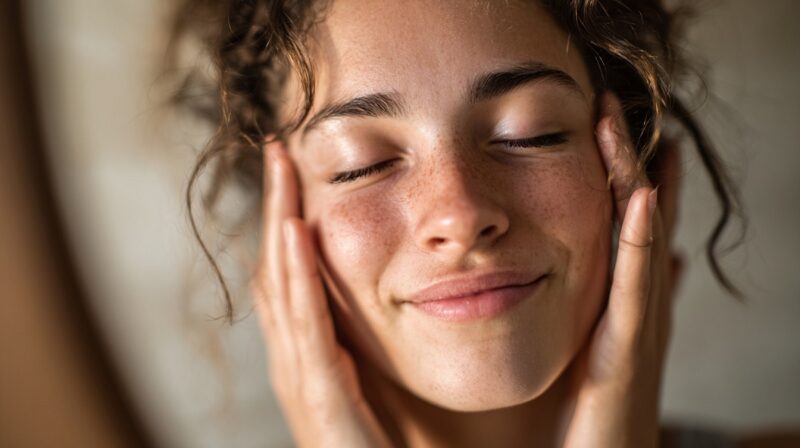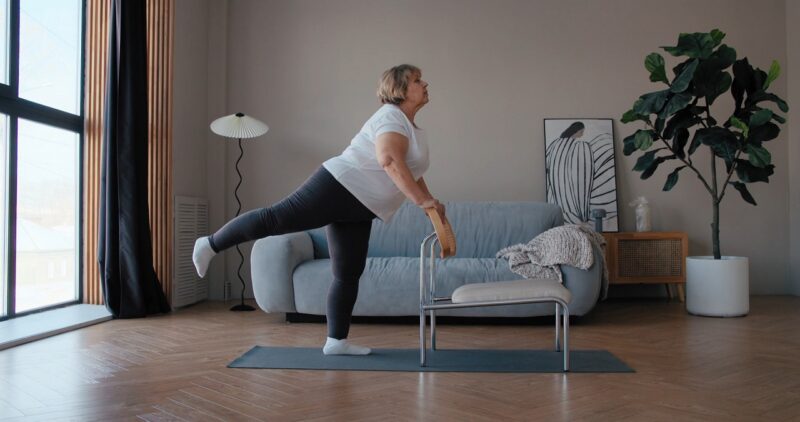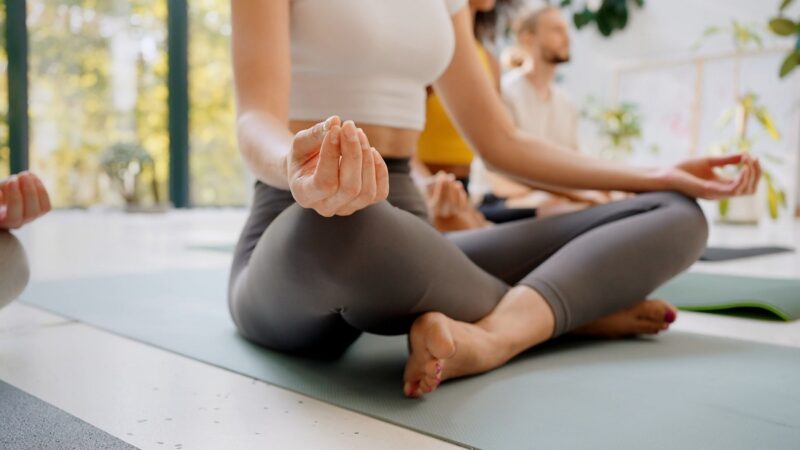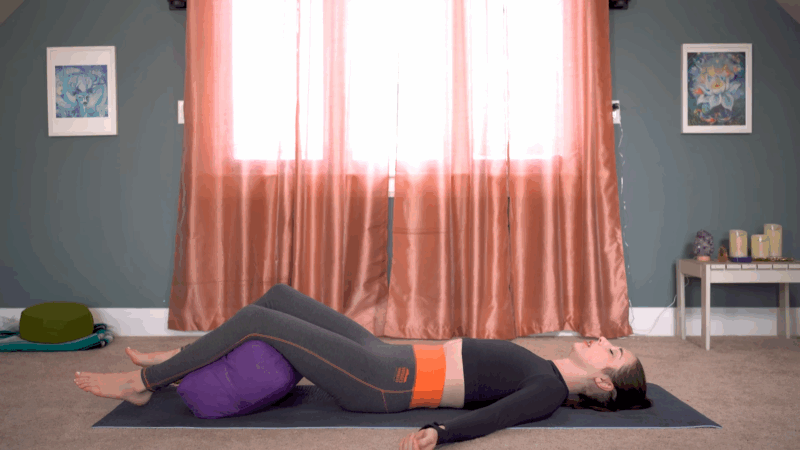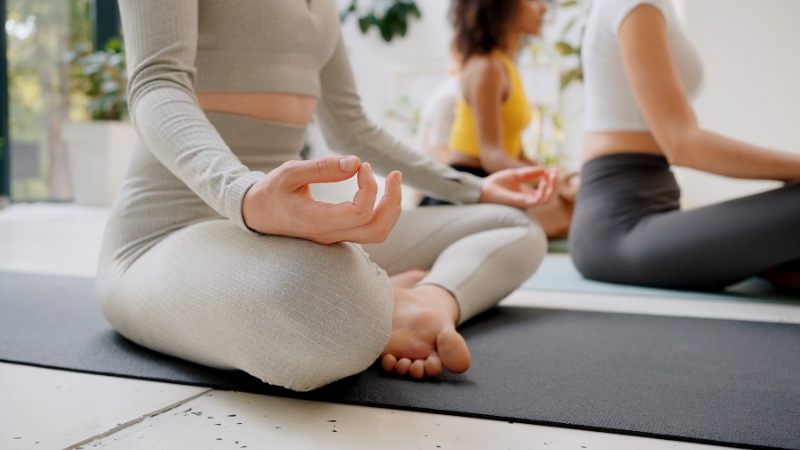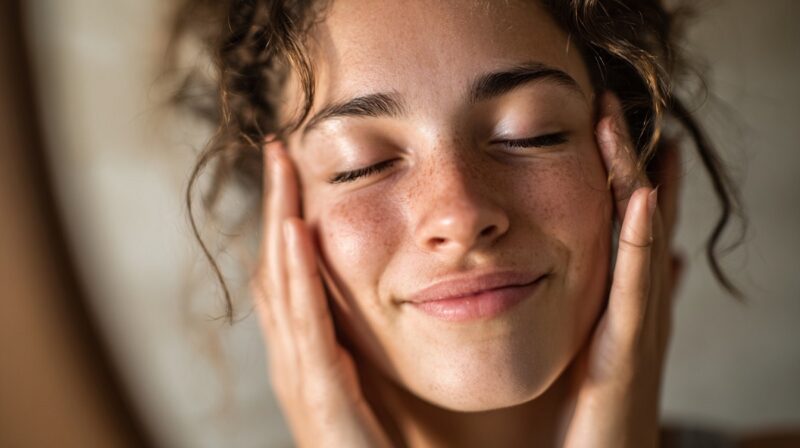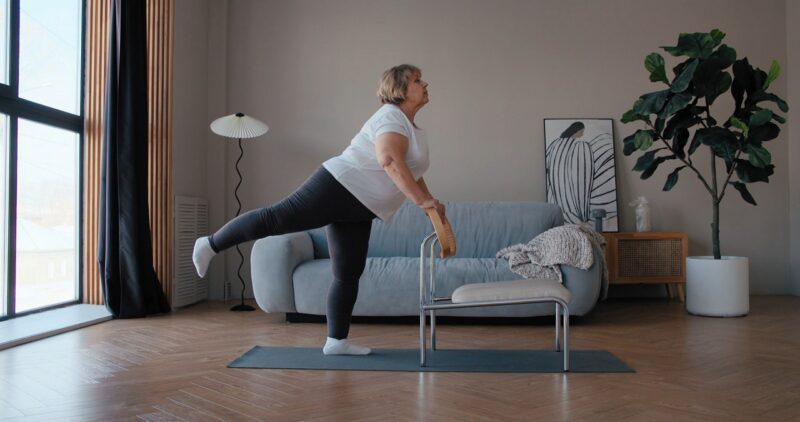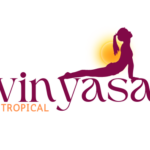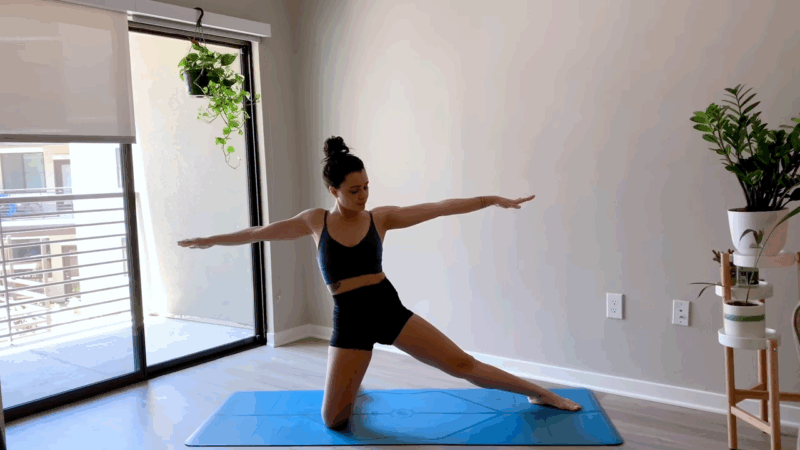
Share Post:
“Yoga is like music: the rhythm of the body, the melody of the mind, and the harmony of the soul create the symphony of life.” – B.K.S. Iyengar.
A well-curated playlist elevates yoga from physical movement to emotional and energetic flow.
Music can become the silent teacher that guides practitioners toward presence and connection.
Let us talk about how to make a perfect yoga playlist.
The Role of Music in Yoga Practice
Sound transforms the yoga experience when used with care. Music does more than decorate the silence, it becomes an active element in shaping how students feel, move, and focus.
Each note, tempo, or frequency serves a function.
When rhythm aligns with breath, and melodies echo internal emotion, music becomes a subtle teacher on the mat.
Three major aspects define its influence:
- Emotional connection
- Synchronization with movement
- Enhanced focus
Emotional Resonance and Mind-Body Connection
Music can reduce mental resistance and reach emotional spaces that words rarely touch.
During yoga, especially in poses like pigeon or camel that engage deep muscular release, a carefully chosen track can unlock tension long held in the body.
Sound invites vulnerability, giving students permission to release not just physical tightness but emotional heaviness.
Practicing yoga with music that targets emotional release creates an internal opening.
Many instructors notice the shift in energy when music flows with the body’s emotional rhythm, rather than working against it.
Even minimal compositions, those that resemble breath more than melody, can bring calm and introspection.
Instructors who recognize the emotional intelligence of music provide students with more than movement. They offer an environment for inner softness and emotional clarity.
Key effects of music on emotional resonance in yoga:
- Releases stored emotion during poses that open the heart or hips
- Creates a safe space for vulnerability and healing
- Enhances the energy of stillness through ambient or instrumental tones
- Supports mood regulation without overwhelming intensity
AI in music composition makes these soundscapes more personal than ever. Instructors now experiment with tools that tailor soundtracks to the class arc, allowing music to evolve alongside breath and body awareness.
Synchronization with Breath and Movement
Yoga flows best when breath, body, and awareness move together. Music plays a direct role in shaping that synchronization. Deliberately chosen tempo supports breathwork like Ujjayi, encouraging rhythm without verbal instruction.
A background pulse, set between 60–70 BPM, aligns naturally with the resting heart rate. This guides students to breathe slower and move deliberately. Fast transitions in Vinyasa sequences benefit from uplifting beats, helping the body move with grace and power.
Momentum often arises not because of effort, but because sound carries it forward. Students stop overthinking transitions and begin flowing instinctively, in part because the beat holds the rhythm of the room.
In quieter classes, like Yin or Restorative, music serves another purpose. Slow drum patterns or ambient drones provide grounding. They dull outside distractions and support internal stillness.
Benefits of syncing music with movement include:
- Encourages rhythmic breathing during both active and still moments
- Supports graceful transitions in flow-based sequences
- Reinforces physical pacing without verbal correction
- Promotes relaxation in slower classes by anchoring stillness
Sound does not need to dominate to be effective. A track can simply hold the space, moving alongside breath, and creating unity across the room.
Enhancing Focus and Presence
Maintaining attention throughout a yoga session isn’t always easy. Music helps students stay present by minimizing distractions. Tracks without lyrics, or with minimal melodic variation, act like gentle filters. They mute external disturbances and reduce internal mental chatter.
When music is carefully planned, it does more than soothe—it stabilizes. It becomes a container for attention. Shifting abruptly between tones or styles disrupts mental flow. A playlist that mirrors breath patterns and body rhythm keeps the mind on task.
In guided classes, music behind the instructor’s voice should be soft enough to support clarity. When balanced properly, it increases retention of verbal cues and reduces the mental fatigue of silence.
Transitions between postures feel more fluid when sound fills the gaps. Instead of sharp, disorienting silences, there’s a continuous thread that holds awareness in the moment.
Common strategies to boost focus through music:
- Avoid lyrics to prevent mental distraction
- Use steady tones to maintain internal continuity
- Apply gradual shifts in rhythm to mirror breath work
- Choose tracks tuned to calming frequencies, such as 432 Hz
Presence becomes easier when music supports rather than competes with awareness. With fewer distractions, students begin to feel yoga as meditation in motion. Attention steadies. Breath regulates. The mind begins to settle.
Crafting the Perfect Yoga Playlist
Creating a yoga playlist is more than assembling a few songs into a sequence. It’s about intentionally shaping an emotional and energetic experience that mirrors the flow of the class.
Music becomes a tool for support, transition, and transformation.
Thoughtful selection ensures the playlist enhances rather than distracts. There are three important elements to focus on:
- Class context
- Emotional intention
- Structural arc.
Understand the Class Context
Music should always begin with who will hear it. Age, personality, cultural cues, and emotional tone of the group determine how sound is received.
A beat-heavy mix could energize a high-energy Vinyasa crowd but feel intrusive during a quiet Yin session. Matching the right sound to the right people is crucial.
Class style also matters. Some yoga styles call for vibrant rhythms, while others lean into slower, reflective audio environments. Each class type invites a different kind of musical support.
Environmental factors can’t be ignored. Acoustic challenges, external sounds, or equipment limitations should guide choices.
Keep in mind these variables when curating:
- Who’s in the room: younger, older, experienced, beginners, energetic, tired
- Type of yoga: Vinyasa, Power, Yin, Restorative, Hatha
- Physical space: small or large, acoustics, speaker quality, ambient noise
Adapting music to these elements reflects care and attentiveness. Every sound choice should reinforce the teacher’s connection to the space and students. Music becomes an echo of the class intention, not a competing force.
Set an Intention for the Playlist
Before picking a single track, define what emotional thread the playlist will carry. Energy doesn’t just flow through movement—it moves through the atmosphere. Music, when chosen intentionally, becomes the silent guide for that emotional shift.
A playlist can ground, energize, awaken, or soothe. Each arc has its place. A grounding sequence may call for slower tempos and organic tones, while an energizing flow thrives on percussion and pulsing rhythm.
Too often, playlists lack purpose. A nice mix of songs is not enough. Without clarity, transitions feel disjointed and the emotional tone of the class becomes unstable.
Choose the emotional arc you want to create:
- Grounded and calm: cello, earth-based instruments, nature-inspired tones
- Energized and strong: tribal drums, upbeat instrumentals, steady rhythms
- Reflective and soft: slow piano, ambient textures, minimal percussion
When tracks are decided with emotion in mind, they carry messages without words. They push when strength is needed, pause when stillness is vital, and ease release when tension lingers. Intention makes music an energetic partner in every yoga class.
Playlist Structure – The Arc of the Practice
Structure shapes experience. Yoga has its rhythm—music must follow and amplify it. A playlist built with intentional structure supports emotional and physical transition.
Every stage of the practice deserves a shift in sound to match the changing tempo of breath and movement.
Here’s how to build the arc, step by step:
1. Opening / Centering
Begin with soundscapes that invite quiet. Ambient textures, drones, and nature sounds slow the breath. Avoid beats or melody—sound should melt into the background. Breath becomes the focal point.
2. Warm-Up & Flow
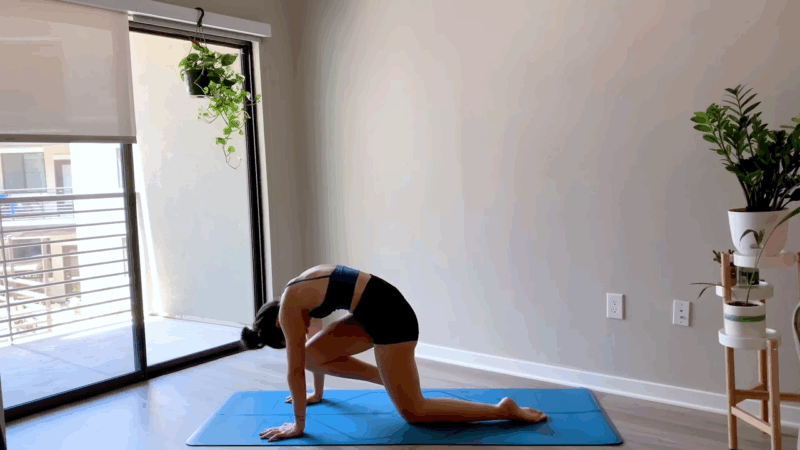
Choose tracks around 60–80 BPM to sync with breath. Gentle percussion, lo-fi beats, or mellow piano lines give momentum without intensity.
3. Peak Pose
Energy reaches its height here. The body is warm, the breath strong. Use emotionally lifting tracks with steady rhythm and subtle intensity. Instrumental builds, chanting, or downtempo electronica work well. Music should push without overwhelming.
4. Cool Down
Movement slows. Tracks should taper in rhythm and tone. Use soft harmonics, acoustic guitar, or ambient textures to support release and reflection.
5. Savasana
Silence is often the best option. If sound is used, make it extremely minimal—barely-there chimes, flowing water, or soft hums. Let students rest in stillness, supported by gentle space.
Structure is what binds the playlist together. A shuffled mix feels disconnected. A structured arc feels supportive, intuitive, and immersive. Music becomes part of the class experience, not just background filler.
The Bottom Line
Music can elevate yoga into something more intuitive and expressive.
A well-crafted playlist brings breath, movement, and emotion into alignment.
When done with care, music becomes more than background—it becomes a guide into presence, healing, and joy.




